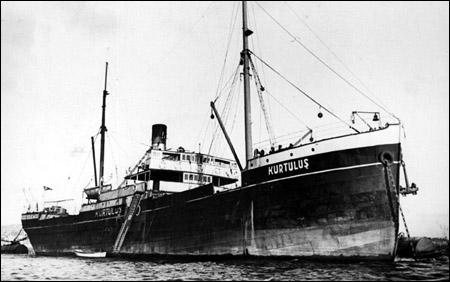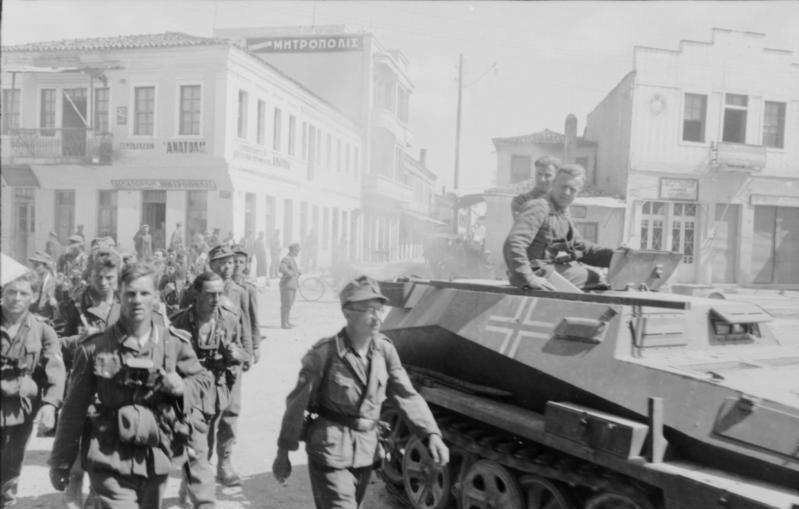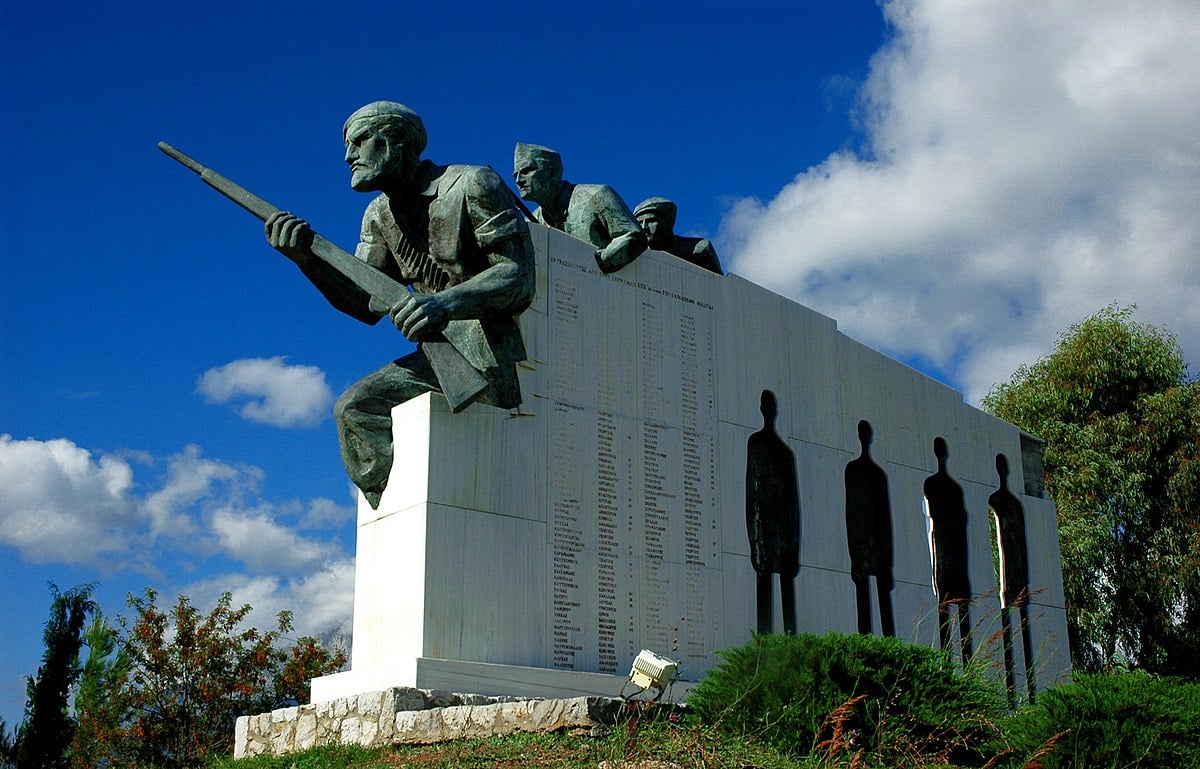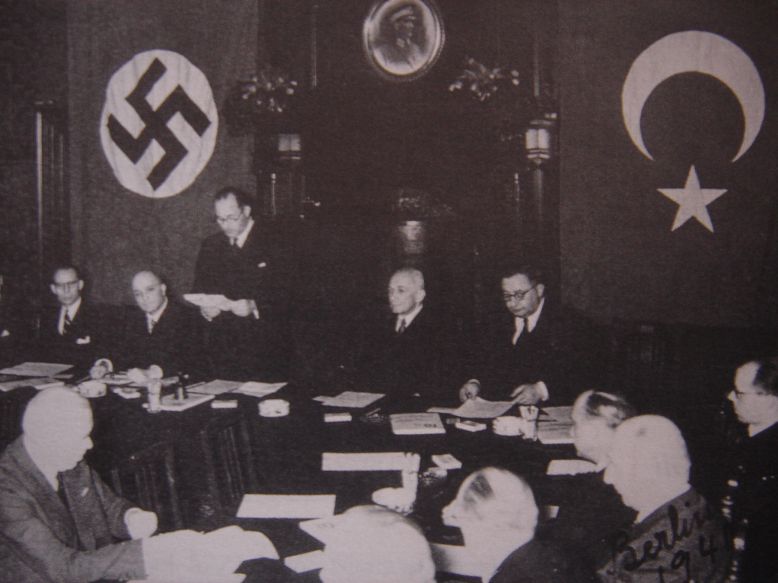
In a little-known episode of World War II, the SS Kurtuluş delivered humanitarian aid from Turkey to Greece.
Turkey’s position during the war was ambiguous, and Ankara remained neutral until the war’s final year. Turkey had signed a non-aggression pact with Germany only a matter of months before the Kurtuluş left port to deliver humanitarian assistance to Axis-occupied Greece.
Most of the funding for humanitarian aid was organized by the Greek Orthodox community in the United States. Assistance could be funneled through Turkey and past an Allied blockade because of its neutral status.
Axis occupation of Greece
Despite successfully repelling the Italian invasion in 1940, Greece was unable to resist the combined forces of Nazi Germany and Fascist Italy the following year. By April 1941, Greece had been occupied by Axis forces.
Under Axis occupation, the Greek population suffered tremendously in what would become known as the Great Famine. Mass starvation was caused due to widescale plunder by Axis forces and an Allied blockade, which was intended to prevent supplies from reaching the Axis. The blockade also stopped any humanitarian aid from reaching the beleaguered Greek population.
According to Nazi Empire author and Ohio University Professor Shelley Baranowski, between 1941 and 1942, an estimated three hundred thousand Greeks starved to death during the Axis occupation.

Organizing humanitarian aid
Turkey’s humanitarian aid for Greece was facilitated by a combination of community funding, diplomatic wrangling, and strategic compromise.
To alleviate the suffering of Greeks under occupation, the Greek diaspora in the United States began fundraising in order to send humanitarian assistance. Funding was primarily organized by the National Greek War Relief Association, an organization founded by the Greek Orthodox Church in October 1940. The Hellenic Union of Constantinopolitans also played an important role.
Delivering humanitarian aid to Greece was another problem entirely. The Allies were reluctant to send aid if it would mean lifting their blockade against the Axis in Greece. However, by sending humanitarian aid via Turkey, Great Britain’s Royal Navy could maintain the blockade whilst allowing some supplies to reach the Greek civilian population.

Delivering humanitarian aid
Turkish President İsmet İnönü and the Turkish Parliament agreed to the humanitarian assistance plan despite remaining neutral at the time.
On October 6, 1941, the SS Kurtuluş left Istanbul for Piraeus, where it would deliver food and humanitarian aid. On the Turkish end, the food was mostly collected by the Kızılay (Turkish Red Crescent) and in Greece, the Red Cross was largely responsible for distributing the food.
According to Kevin Featherstone, a professor at the London School of Economics, together with other academics, it was primarily the American Greek War Relief Association and the Hellenic Union of Constantinopolitans who funded the venture, whereas Turkish sailors on the Kurtuluş were responsible for seaborne delivery.
Records from the International Committee of the Red Cross (ICRC) indicate that it was difficult to deliver humanitarian supplies. 45,000 tones of food were successfully delivered to Greece between October 1941 and August 1942. However, during the harsh winter of 1941-1942, only 7,500 tonnes of food arrived securely.
The Kurtuluş was itself sunk after being blown off course during a storm on the night of February 20, 1942. It was the fifth voyage the ship had taken during its humanitarian aid mission. All thirty-four crew members reached dry land and survived.
Smaller vessels continued to send humanitarian aid from Turkey to Greece. Ships such as the SS Dumlupınar, SS Tunç, SS Konya, SS Güneysu, and SS Aksu continued to deliver supplies, albeit in smaller numbers.
Turkey’s alignment
Throughout most of the war, Turkey remained neutral. Turkey’s humanitarian aid to Greece was largely a symbolic gesture. İnönü’s strategy was to maintain Turkey’s non-alignment. This occasionally required making overtures to both the Allies and the Axis.
According to Professor of International Relations Bülent Gökay, “This policy was designed to safeguard Turkey’s territorial integrity by having close relations with Germany and the Soviet Union, while, at the same time, keeping either powers at arms’ length and away from Turkish lands.”
Just a few months before the SS Kurtuluş first set sail, on June 18, 1941, Turkish Minister of Foreign Affairs Şükrü Saracoğlu and the German ambassador to Turkey, Franz von Papen, successfully negotiated the German-Turkish Treaty of Friendship.
The non-aggression pact between the two countries was to last for ten years. However, on February 23, 1945, Turkey declared war on Nazi Germany. By this stage of the war, it was obvious that the Axis would lose. Turkish forces never participated in any fighting.
Ankara’s alignment was satirized by the Turkish cartoonist, Ramiz Gökçe, who illustrated Turkey as “The Comrade of Germany; The Sweetheart of America; The Ally of Britain; The Neighbour of Russia; The Protector of Peace; The Friend of the World.”

The naval blockade is lifted
In February 1942, the Allies lifted the naval blockade and other nations were also able to deliver humanitarian aid to Greece.
The ICRC was thus able to deliver 15,000 tonnes of Canadian wheat to Greece every month. The Swedish government provided transportation and the Canadian authorities supplied the food. The number rose to 17,000 tonnes of food which was brought to Greece each month between September 1942 and March 1944 by the Swedish and Canadians.
According to a 2012 study, “The nutritional situation returned to acceptable levels towards the end of 1942.” However, the situation on the Dodecanese islands remained desperate as they remained under German occupation until the final year of the war.
According to the ICRC, the Red Cross was able to hire small boats in Izmir, which it used to deliver assistance to the Dodecanese. The British government and Greek settlers abroad supplied food, clothing, and medicine, and with the agreement of Turkey and the belligerents involved, were able to transport about 2,700 tonnes of this aid out to the Dodecanese.
See all the latest news from Greece and the world at Greekreporter.com. Contact our newsroom to report an update or send your story, photos and videos. Follow GR on Google News and subscribe here to our daily email!



